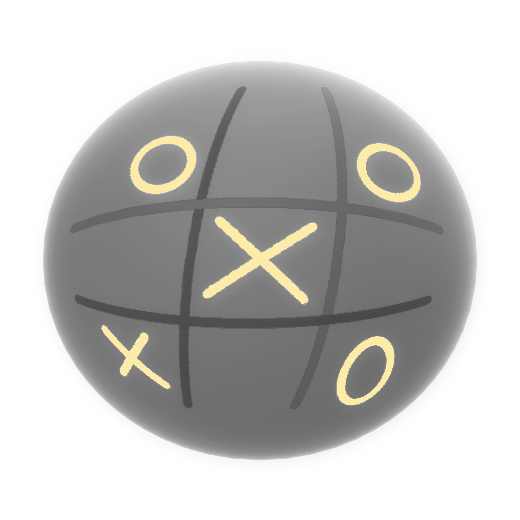The Rama tapaniya Upanishad also called Ramatapaniyopanishad is a minor Upanishadic text written in Sanskrit. It is one of the 31 Upanishads attached to the Atharvaveda, and is classified as one of the Vaishnava Upanishad. The text is in two parts, the early part called Rama purva tapaniya Upanishad and the later part called Rama uttara tapaniya Upanishad, which together with Ramarahasya Upanishad are Vaishnava Upanishads devoted to the Hindu god Rama. The text presents Rama as equivalent to the Atman (soul, self) and the Brahman (ultimate reality). The Upanishad is modeled after the Nrisimha Tapaniya Upanishad. It heavily borrows from the Vedic texts and the Principal Upanishads, praises the characters in the epic story of Rama, then presents Om, Rama yantra and Rama mantra. Instead, according to Farquhar, it is the Rama purva tapaniya Upanishad where this sect is implied, and wherein Rama is the ultimate unchanging reality of Hindu philosophy called Brahman, as enunciated in the mantra of Rama Ramaya namah and a "mystic diagram". The text of the Upanishad is presented in two sections – Rama purva tapaniya Upanishad and Rama uttara tapaniya Upanishad. The Purva position of the Rama tapaniya Upanishad, says Ramdas Lamb – a professor of Religion, the folk-etymology of the word Rama is presented. Rama, asserts the text, means "he who rules" (ra jate) over the kingdom of "earth" (ma-hi). He is also known as Rama, states the text, because the Yogins delight in him as ra-mante. In verses 7–10, the text states that Rama is manifest ultimate reality, that is Brahman. Rama means spiritual reality The Brahman, all spiritual, secondless, without parts, without body, is still looked upon as multiform, to serve the purpose of worship. —Rama tapaniya Upanishad 7 Ramnam and Taraka Mantra If you whisper my formula in the right ear of even a dying man, Whoever he may be. He shall be liberated, O, Siva! — Rama to Shiva in Rama Tapaniya Upanishad The Upanishads major emphasis is on the Rama mantra Ram Ramaya namaha. Here, states Lamb, the beej mantra (seed) is asserted to contain the whole animate world, and all that exists is sourced in Rama and Sita. The Yogi who realizes the identity of Rama with Brahman and Atman (Soul) reaches liberation, states the Upanishad. The Uttara portion of the Rama tapaniya text, states Lamb, asserts that Shiva repeated the Rama mantra for thousands of ages, and Rama then gave him the boon whereby if Shiva would whisper the Rama taraka mantra in a dying man's ear, he would be liberated. The Uttara tapaniya discusses the Om mantra but without predominance over the Rama Mantra. The Upanishad also prescribes mantras to worship goddess Sita, Rama's three siblings (Bharata, Lakshmana and Shatrughna), and also Hanuman. The Rama uttara tapaniya sections borrow from ancient Upanishads such as the Jabala Upanishad and the Mandukya Upanishad. The Om mantra, asserts the text in section 2 of Uttara, is identical to Brahman called satcitananda. In section 3, the text describes the four states of consciousness, asserting that the fourth and the highest inner state is one of "certitude of one own self, the calm, the one without a second, that which is the Atman which should be known" and which is same as Brahman and Rama. The one who realizes that "I am Atman", "I am Rama" and "I am Brahman" has realized the supreme light, the Ramabhadra, the bliss of liberation, states the Upanishad.


 Shop Ventures NFT
Shop Ventures NFT